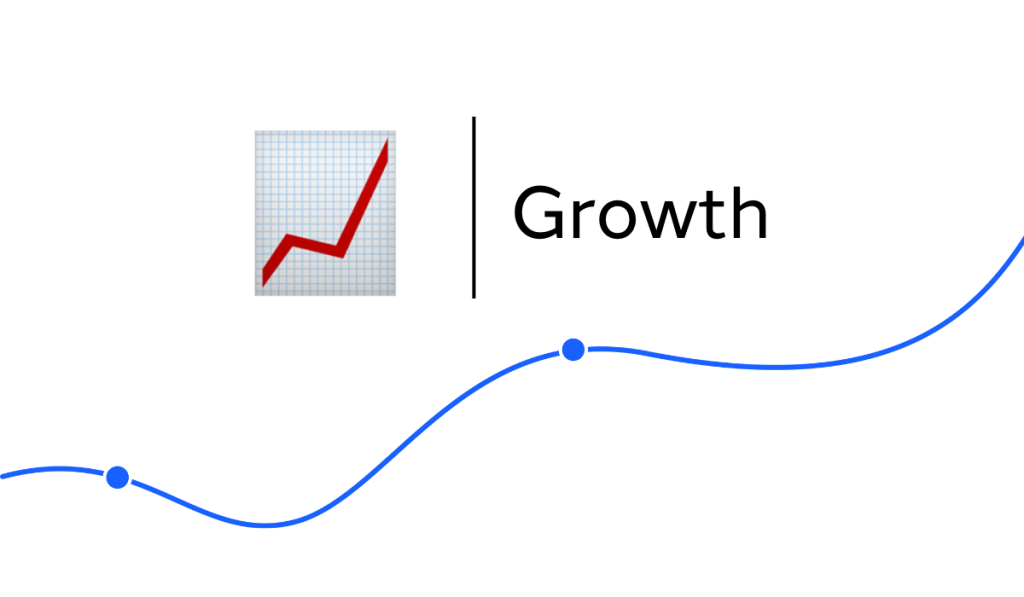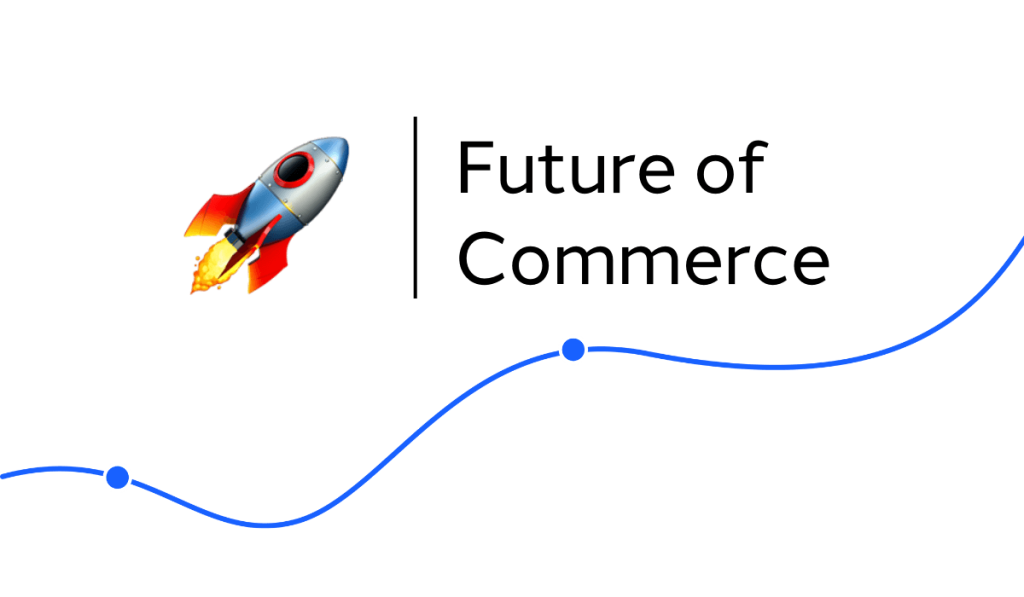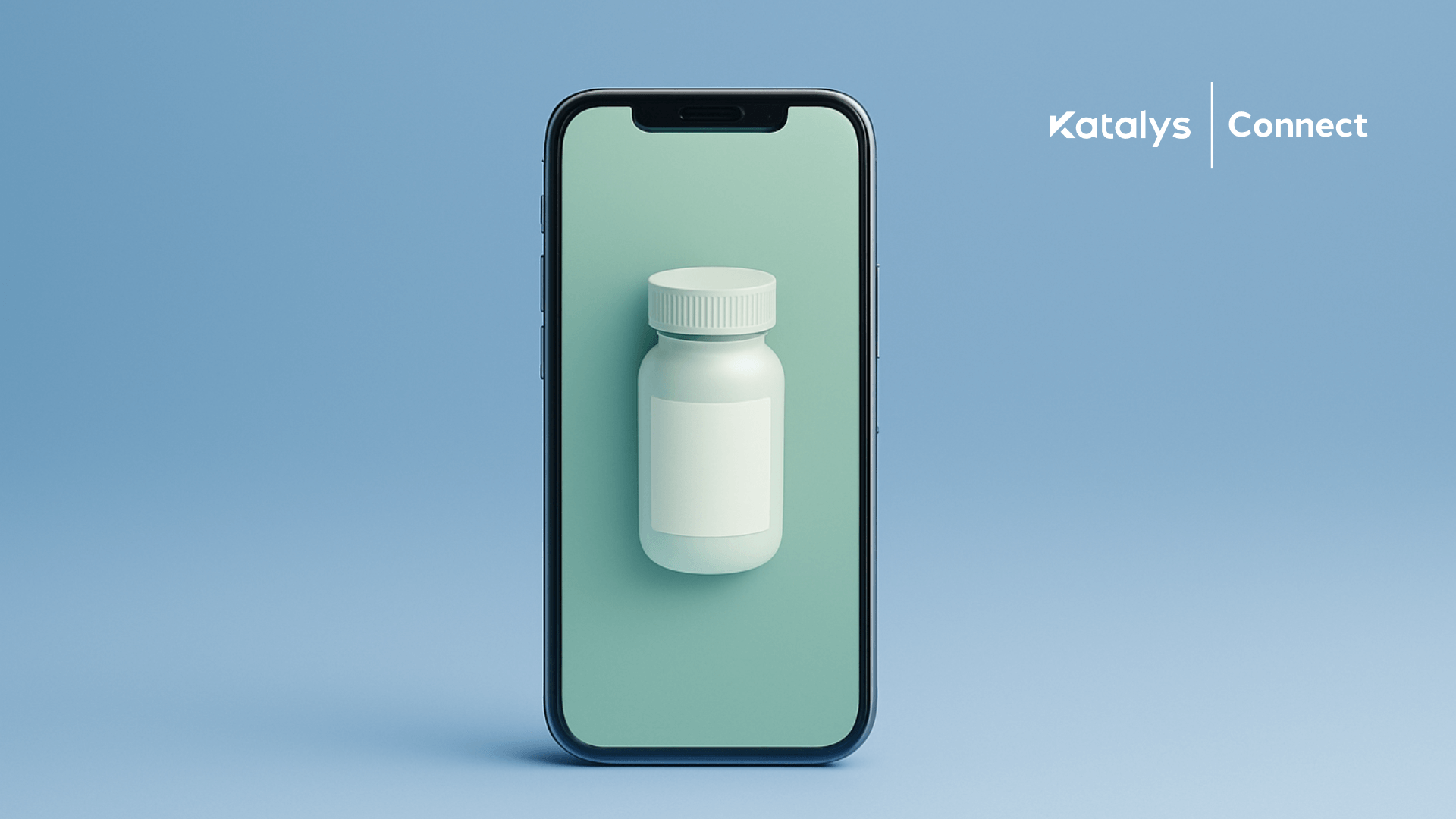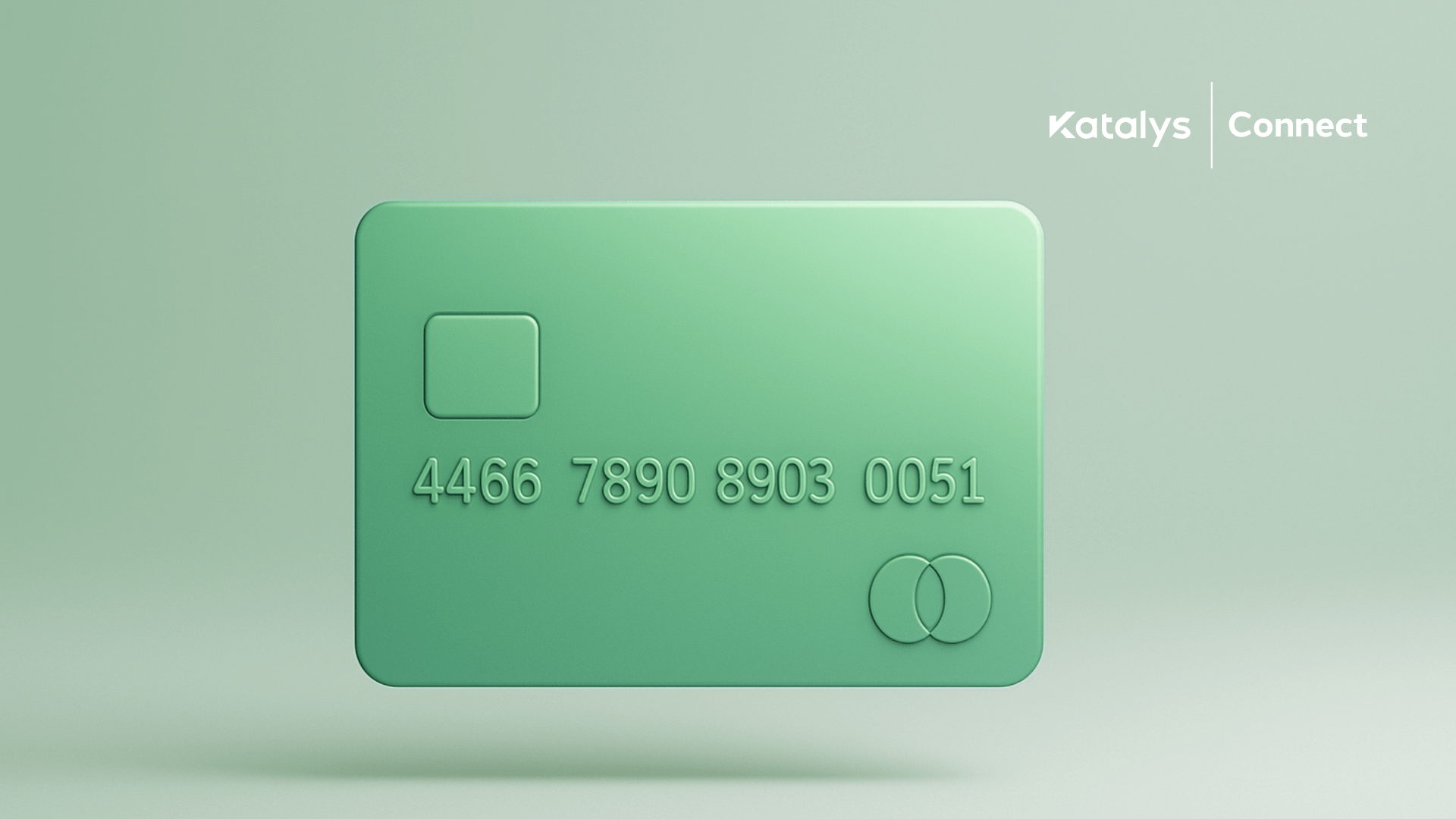Welcome to Katalys Connect – your weekly shortcut to the latest in performance marketing.
[Read time: 4 minutes]
What’s in this issue? Each week we pack the latest trends, actionable insights, and industry breakthroughs into a quick read – ensuring you’re not just keeping up, you’re staying ahead.
- Monetization: Discover how Substack’s push into new creator-driven content offers more control for influencers, OpenAI’s SearchGPT sparks debate over revenue sharing, and X shifts to engagement-based payouts for creators.
- Growth: Understand why brands hesitate to fully adopt AI-generated holiday ads, Meta’s new tools for controlling ad comments, and how Adobe’s AI-powered GenStudio aims to streamline personalized ad creation.
- The Future of Commerce: Explore how QVC merges live sports with shopping, TikTok and YouTube turn social commerce into impulse buying, and the influencer market shifts towards celebrities and larger creators.

Discover Katalys Marketplace: Where Brands & Publishers Connect
The Katalys Marketplace connects brands with hundreds of curated opportunities from top partners, offering the widest range of multichannel and multiformat opportunities—all in one place.
- For Brands – Supercharge your sales with premium content placements, reviews, newsletter sponsorships, social whitelisting, and more. Check out the new Katalys Marketplace in-platform here! Have a budget? Submit your campaign by creating a media plan request here.
- For Publishers – Add your premium content inventory and connect with 500+ brands seeking new promotional channels. Generate net new revenue by offering newsletter ads, branded content, and more! Submit your paid inventory here to join the Katalys Marketplace.

SearchGPT Revenue Debate • OpenAI’s SearchGPT prototype is designed to drive incremental traffic to publishers rather than sharing ad revenue, with the company emphasizing that it’s an evolving strategy focused on user engagement and publisher partnerships.
- Publishers retain control over whether their content appears in SearchGPT by managing access for search bots, while OpenAI focuses on creating enough value to keep them opted in, acknowledging that users prefer AI-assisted answers but still want to verify information through source click-throughs.
- OpenAI maintains that AI-generated news lacks appeal, but emphasizes the potential for AI tools to support journalists with tasks like recommending stories, managing multimedia, and tailoring content for different audiences, suggesting broader newsroom applications for ChatGPT beyond content creation.
Substack Broadens Its Reach • Substack is evolving from a newsletter platform into a central hub for creators across various media, aiming to be a payment system for influencers, podcasters, and video creators, offering an alternative to platforms like YouTube and Patreon.
- Substack’s recommendation network drives 50% of all subscriptions, contributing to its dominance in independent media, but its recent push into creator-driven content puts it in direct competition with Patreon and other creator platforms.
- The platform offers creators a higher revenue cut than some competitors, but its key advantage is allowing creators to retain their email lists, providing flexibility and more control over audience engagement, which has helped convert influencers and podcasters.
Moving Payments to Engagement • X (formerly Twitter) will change its Creator Revenue Sharing Program to focus on engagement from X Premium users, moving away from ad-based revenue in a bid to boost subscription growth.
- This change could exacerbate engagement farming, with users incentivized to post more controversial or clickbait content to maximize engagement, as content previously excluded from monetization (like explicit material) could now generate revenue without ad limitations.
- As advertisers continue to flee X, the platform is pivoting its revenue model to emphasize premium user subscriptions, which have struggled to gain traction since launch, in hopes that increased creator payouts will attract more users to X Premium.

Holiday AI Hesitation • Despite Google and Meta’s push for generative AI in holiday ads, many larger brands and agencies remain hesitant to adopt AI tools fully, particularly when it comes to relinquishing creative control.
- Smaller businesses with limited design and creative resources are more inclined to explore generative AI for its ability to create multiple ads efficiently, especially during the holiday season, though many still find the tools lacking in sophistication for customer-facing campaigns.
- Video remains costly and resource-intensive, but tools like Amazon’s AI video generator and forthcoming options from Adobe and OpenAI are expected to drive broader adoption as capabilities improve.
Comment Control Incoming • Meta’s latest brand safety tool allows brands to disable comments on Facebook and Instagram ads, offering more control over ad placement and shielding campaigns from harassment and misinformation.
- This is part of ongoing efforts by platforms to enhance advertiser control in the wake of GARM’s collapse, as brands seek more secure advertising environments amid AI-generated misinformation and brand adjacency risks.
- Without GARM’s standardized framework, platforms are creating individual solutions, such as TikTok’s partnership with Zefr, offering brands more granular control over where their ads appear and allowing brands to avoid content associated with misinformation or competitors.
Ads Powered by Adobe • Adobe’s GenStudio for Performance Marketing introduces generative AI to help brands streamline the creation and scaling of personalized ads across multiple channels, enhancing efficiency and adaptability.
- Adobe GenStudio helps brands efficiently generate on-brand content for ads, emails, and banners, allowing for quick adaptation to different markets while maintaining brand consistency.
- Integrated with platforms like Google and Meta, GenStudio enables brands to launch campaigns instantly and adjust campaigns based on emerging trends and performance data – allowing them to quickly respond to changing market conditions and audience preferences.

Pickleball Meets Live Shopping • QVC’s integration of pickleball streaming and real-time shopping demonstrates a growing trend where live sports and commerce converge.
- By offering viewers the ability to shop pickleball gear as they watch matches on QVC+ and HSN+, this partnership is a prime example of how brands can use live events to drive consumer engagement and sales simultaneously.
- As virtual shopping grows, other brands could follow suit, combining live events—such as sports, concerts, or other entertainment—with integrated retail opportunities to engage targeted demographics and drive real-time sales.
Ecommerce’s Social Shift • TikTok and YouTube turn shopping into a more impulsive, social experience driven by visual content and creator endorsements, contrasting traditional, research-based search.
- While traditional search involves a multi-step process with SEO and PPC ads guiding users from awareness to conversion, TikTok and YouTube streamline this journey by integrating discovery, consideration, and purchase into a single, seamless experience, reducing drop-offs and distractions.
- To adapt, brands must optimize for both traditional search engines and social commerce platforms by creating engaging, shoppable content that leverages influencers and creators, while navigating platform-specific challenges like algorithm changes and increased competition.
Influencer Market Shake Up • A shift toward larger influencers and celebrities in influencer marketing raises questions about the future role of micro-influencers, as brands prioritize reach and cost-effectiveness over smaller, highly engaged audiences.
- Rising costs and market saturation are driving brands to prioritize reach and partner with larger influencers or celebrities over micro-influencers, who were once considered more affordable and authentic.
- Despite the shift to larger influencers, brands are still focused on authenticity, finding that well-aligned partnerships with influencers of any size can resonate with audiences and drive engagement.


